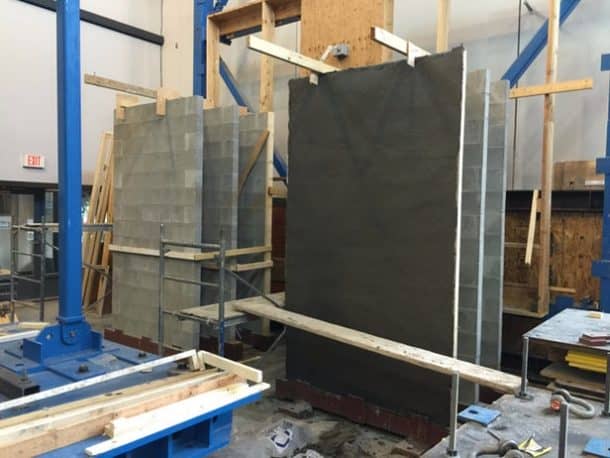Many buildings are being fashioned in such a way that they are earthquake-resistant. That is all and well for the new buildings that are being made and will be made in the future but what is to be the fate of all the buildings currently standing all across the world? Are they to be left alone, prone to tumbling down should an earthquake hit?
That does not have to be the case. University of British Columbia (UBC) in Canada has developed an earthquake-resistant concrete and all that has to be done is to spray it onto existing walls. It gives them the strength to withstand tremors that would normally bring down a building.
This is known as eco-friendly ductile cementitious composite (EDCC). The earthquake-resistant concrete contains polymer-based fibers. This makes it not only strong but malleable as well, resembling the qualities of steel, allowing it to flex under pressure and not being reduced to rubble.
This concrete is environment-friendly as well. 70% of the cement is replaced by the industrial byproduct, flyash. Cement production is a major source of greenhouse gas emissions and the flyash, if not used, ends up being dumped anyway.

A 10 mm-thick layer of EDCC was applied to walls made up of traditional concrete in a lab for testing. These walls were then tested under tremors of 9.0 to 9.1 magnitude, The same conditions of the disastrous earthquake that struck Tohoku Japan in 2011. The walls with the earthquake-resistant coating held their own while the one without it were reduced to a pile.
Real-life application of the coating is going to start taking place in the next few months as EDCC is applied to the walls of Vancouver’s Dr. Annie B. Jamieson Elementary School. The UBC-hosted Canada-India Research Centre of Excellence is also extending the availability of material for the seismic retrofitting of a school in India.
You can check out the earthquake-resistant concrete in the video below:


